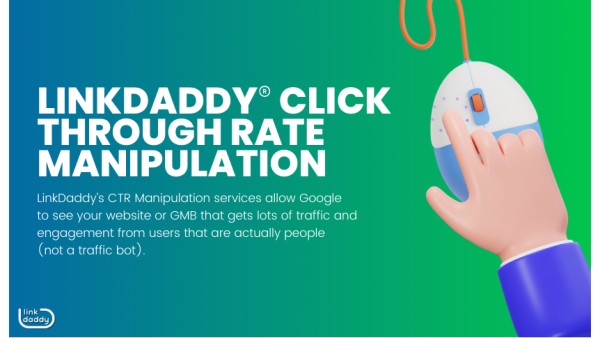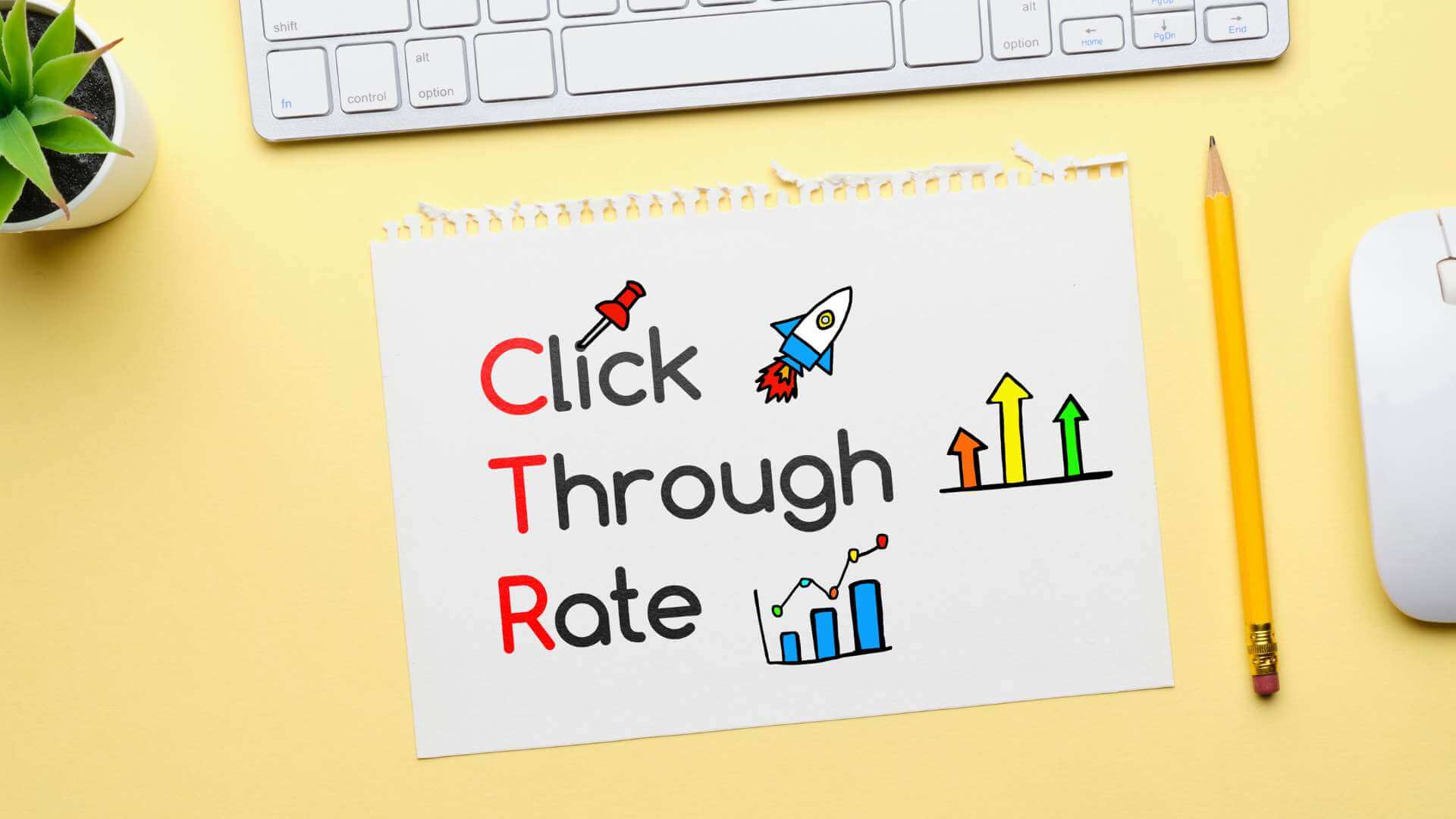Optimize Your Google My Business Listing with GMB CTR Manipulation
Optimize Your Google My Business Listing with GMB CTR Manipulation
Blog Article
Enhancing Organic Click-Through Fees With CTR Control
The optimization of natural click-through rates (CTR) is a nuanced undertaking that hinges on understanding both user psychology and effective content presentation. The landscape is rife with misconceptions and oversimplifications concerning what genuinely drives CTR.
Recognizing Click-Through Fees
Comprehending click-through rates (CTR) is essential for evaluating the efficiency of internet marketing strategies. CTR determines the portion of customers who click on a certain link or ad contrasted to the overall number of customers that view it. A greater CTR suggests that the content is involving and appropriate to the target audience, while a reduced CTR may signal a demand for optimization.
To calculate CTR, separate the number of clicks by the number of perceptions and multiply by 100. For instance, if an ad receives 300 clicks out of 10,000 impacts, the CTR would be 3%. This statistics is vital for evaluating numerous aspects of electronic advertising, consisting of search engine optimization (SEARCH ENGINE OPTIMIZATION), email projects, and social media advertising and marketing.
Furthermore, assessing CTR helps marketers determine which approaches yield the ideal results and which need improvement. By concentrating on enhancing CTR, organizations can enhance their material's presence and efficacy, causing raised traffic and prospective conversions. Recognizing the nuances of CTR is foundational for any type of marketer aiming to enhance their on-line presence and maximize return on financial investment (ROI)

The Psychology of Customer Actions
Customer behavior is substantially influenced by mental factors that determine how individuals connect with on the internet web content. Understanding these variables is important for maximizing click-through rates (CTR) in natural search outcomes.
Emotional actions additionally dramatically influence user habits. Web content that resonates mentally can cause a sense of seriousness or inquisitiveness, prompting individuals to click. Furthermore, social evidence-- such as user evaluations or scores-- can boost trust and encourage interaction, as people often want to the habits of others to educate their very own decisions.
Furthermore, the principle of shortage can drive clicks - CTR Manipulation Service. Limited-time offers or special web content develop a fear of losing out (FOMO), compelling individuals to act swiftly. Recognizing these emotional drivers enables online marketers to produce more compelling material that resonates with their target audience
Efficient CTR Control Techniques
Leveraging mental understandings can significantly enhance click-through rates (CTR) through targeted manipulation techniques. Among one of the most reliable approaches is using engaging headlines that evoke curiosity or necessity. Wording titles as inquiries or integrating numbers can draw in more attention, motivating customers to click.
One more method involves maximizing meta summaries to produce a sense of relevance and immediacy. By plainly detailing the solutions or advantages offered in the content, you can involve prospective readers and encourage them to click. In addition, using power words-- such as "exclusive," "confirmed," or "complimentary"-- can enhance the allure of your material.
Visual components likewise play an important role. Including appealing images or thumbnails can attract users in and boost CTR. A/B testing various visuals can assist identify which pictures resonate finest with your audience.
Finally, guaranteeing that your web content guarantees deliverable worth results in greater CTR. When individuals regard that clicking will certainly supply them with meaningful insights or remedies, they are more probable to engage. By employing these methods attentively, online marketers can properly manipulate CTR to their advantage while keeping ethical requirements.
Typical Misconceptions About CTR
A number of misconceptions surround click-through prices (CTR) that can lead marketing experts to make misguided decisions. One common misconception is that a greater CTR always equates to much better efficiency. While a high CTR recommends that even more users are clicking, it does not ensure sales or conversions. Inevitably, the effectiveness of traffic depends upon the high quality of the touchdown web page and the importance of the web content.
An additional usual idea is that CTR is a separated metric. In truth, CTR ought to be assessed in conjunction with other efficiency signs, such as bounce rate and conversion rate, to obtain an all natural sight of campaign success.
In addition, some marketers think that enhancing for CTR alone is sufficient. Concentrating solely on CTR can lead to clickbait strategies that might draw in clicks official statement but fall short read review to engage customers meaningfully. LinkDaddy CTR Manipulation. This technique can harm brand name credibility and cause lower retention prices
Finally, there is an idea that CTR methods are universally reliable. The truth is that ideal CTR tactics can differ significantly throughout industries and target audiences, demanding tailored strategies for different market sections. Understanding these myths is crucial for establishing reliable CTR techniques that straighten with overarching marketing objectives.
Gauging CTR Success
Although high click-through rates (CTR) can suggest effective engagement with material, gauging their true success needs a thorough analysis of several aspects. It is important to comprehend the context in which the CTR is achieved. A high CTR on a misleading title may not equate to significant involvement or conversions, inevitably reflecting poorly on the brand's trustworthiness.
2nd, reviewing the resource of traffic is crucial. Organic traffic from online search engine can symbolize a robust material method, while clicks from unimportant sources may suggest a lack of targeting. Furthermore, determining the subsequent individual behavior is vital; evaluating metrics such as bounce rate, time invested in page, and conversion prices can give much deeper insights into the high quality of the interaction initiated by the CTR.

Conclusion

The optimization of organic click-through prices (CTR) is a nuanced venture that pivots on comprehending both customer psychology and efficient content discussion. CTR measures the portion of users who click on a specific web link or advertisement compared to the complete number of customers who watch it. A higher CTR suggests that the web content is engaging and appropriate to the target audience, while a reduced CTR may indicate a need for optimization.
Concentrating solely on CTR can lead to clickbait methods that may draw in clicks yet fail to engage customers meaningfully. Additionally, determining the succeeding individual actions is important; assessing wikipedia reference metrics such as bounce rate, time spent on page, and conversion prices can give deeper insights right into the top quality of the interaction launched by the CTR.
Report this page